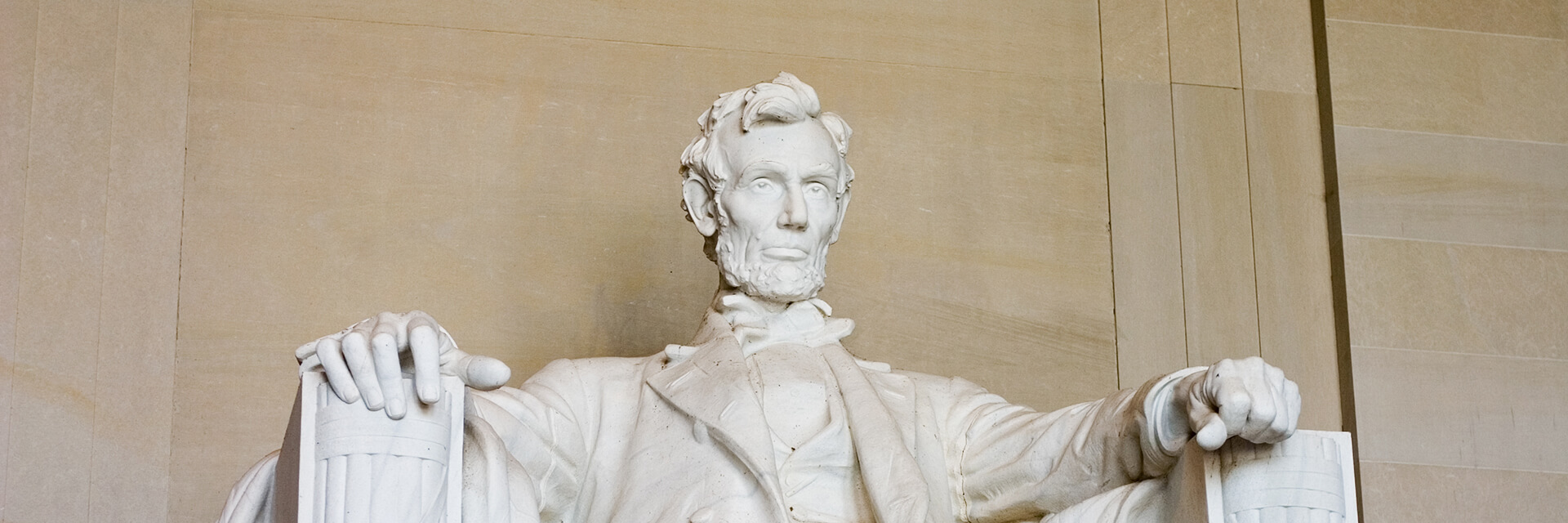
Opportunities All Around in Trump’s Infrastructure Plans
- Published
- Apr 17, 2017
- Share
Originally published in HFM Week, March 16, 2017
President Donald Trump’s campaign had a keen focus on job creation by, in part, investing a massive amount in rebuilding the nation’s infrastructure. President Trump says his infrastructure plan will call for private investment as the main funding source in the domestic infrastructure projects. Since creating jobs and improving our nation’ infrastructure is likely to generate bipartisan support, there will be investment opportunities in these projects for both investors and developers. In his initial congressional address last week, President Trump reiterated that he would prioritize passing a bill to this end.
President Trump’s list of infrastructure projects consist of airports, bridges, roads, seaports, energy and utilities and costs approximately $1 trillion over a 10-year period. Approximately 17% of the costs would be financed with equity and remainder with debt. To induce investors to contribute $167 billion in equity to these projects, the government would enact federal legislation that would provide tax credits of approximately $137 billion. In a white paper authored by Peter Navarro, a business professor at the University of California, Irvine, who holds a Ph.D. in economics from Harvard University, and Wilbur Ross Jr., a private equity investor, the tax credits would be offset by the increase in income tax revenue from paid wages and taxes on profits from construction developers.
For the Navarro-Ross tax credit proposal to come to fruition, the infrastructure projects have to be structured properly so equity investors receive the benefits of the tax credits. Institutional investors such as pension plans and certain endowments would not be able to utilize the tax credits since they are tax exempt. To be structured properly, the public-private partnerships created to fund these infrastructure projects will need to separate the project into the various components (e.g., development, maintenance) that match the interests of the different investors to the tax credits and the revenue streams of the individual projects.
The public-private funding model for infrastructure projects will only work if the projects have sufficient revenue streams to provide a return for investors who are risking their capital and to pay back the debt obligations of the projects. Projects like gas pipelines, toll roads, bridges, airports and water systems provide revenue streams that lend themselves to private financing. The investors in these projects will be granted the right, and undertaking the obligation, to design, build, finance, operate and maintain a public infrastructure project pursuant to a long-term concession arrangement. These investors will receive demand-based revenues (e.g., tolls) or, in some cases, an availability payment from the public authority for performance (regardless of demand).
In addition to sufficient revenue streams, private investors are typically concerned about the consistency and predictability of the regulatory framework around a certain type of project. Investors need a regulatory framework that will be in place beyond the terms of the current local and federal administrations. Investors also want to know how future projects might affect the revenue streams of their current project and how they can enforce their rights in the future. Investors in infrastructure projects are investing for the long term typically 25 – 30 years and they need to have a regulatory framework in place that will protect their investment. This will be pivotal to appeal to private investors and ensure the safety and viability on their investments.
Bipartisan efforts to develop infrastructure legislation have gained momentum, but it in order to attract the kind of private investment needed, these vehicles and projects need to be structured properly, allowing for reasonable returns and within the parameters of a fair regulatory framework. President Trump’s emphasis on private investment for infrastructure will provide investment opportunities to private investors in energy, airports, bridges, roads and seaport projects. For the current administration and Congress to be successful, they will need to develop a regulatory framework that protects the interests of the public and the private investors. The government at all levels will have to work with investors to develop private-public partnerships that provide benefits to meet the various investor needs. If that works, both investors and the public at large will benefit.
What's on Your Mind?
Start a conversation with Nicholas
Receive the latest business insights, analysis, and perspectives from EisnerAmper professionals.










